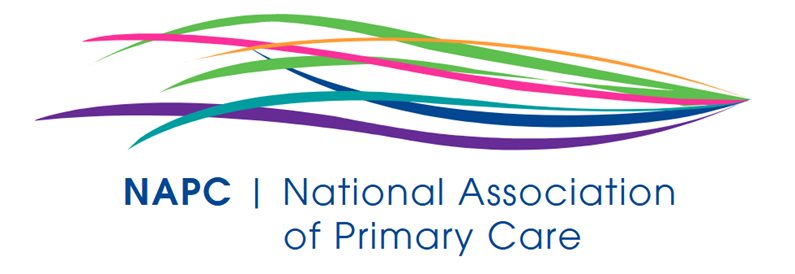Only use a professional if you need a specialised risk assessment. A daily check by staff is more relevant, cost effective, engages staff and promotes self-responsibility.
The leading independent resource for CQC compliance
 |
|
| If you are part of an NHS body or a Membership or Regulatory organisation, you may qualify to use our products as a Reference Standard. |

